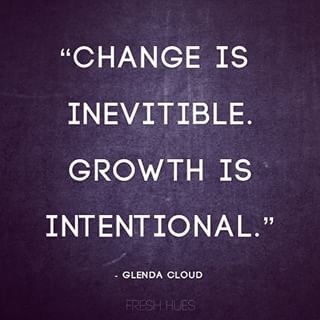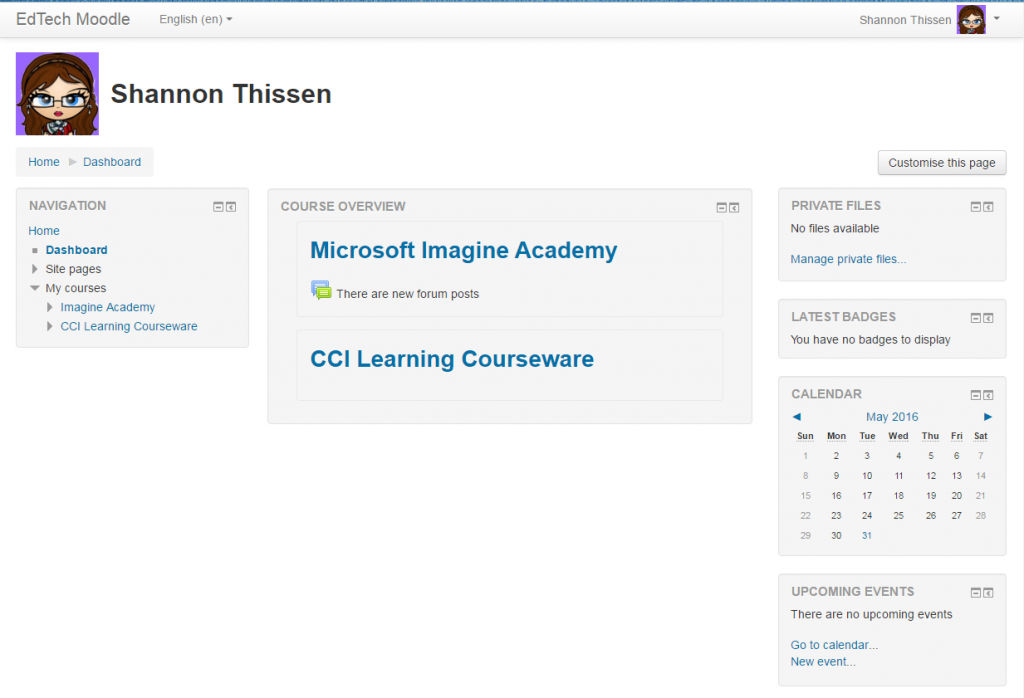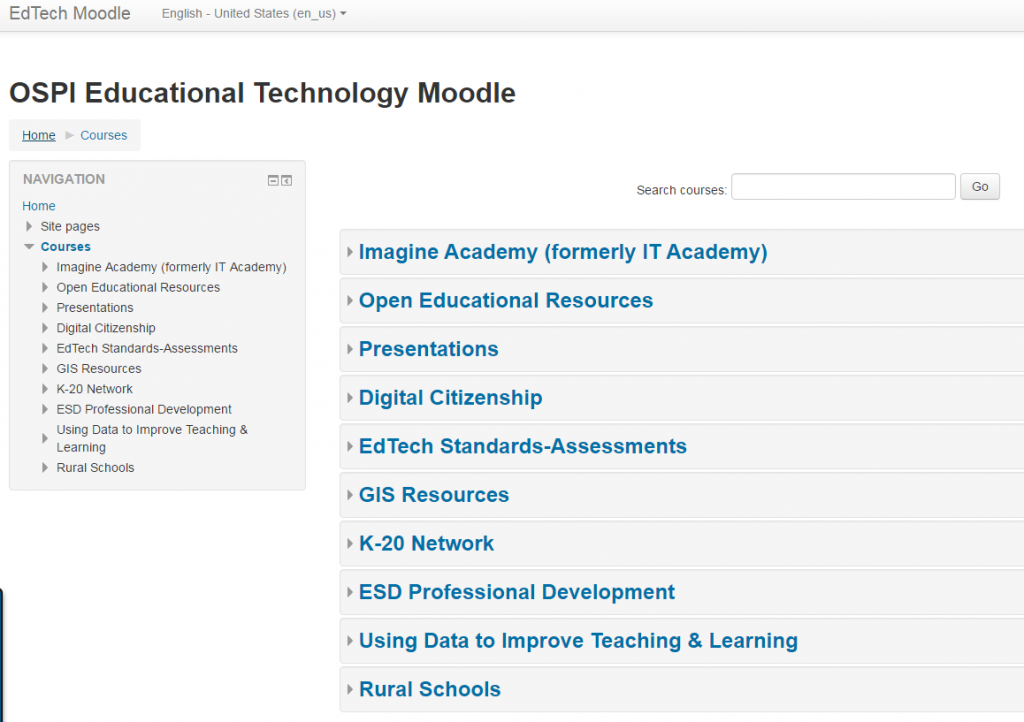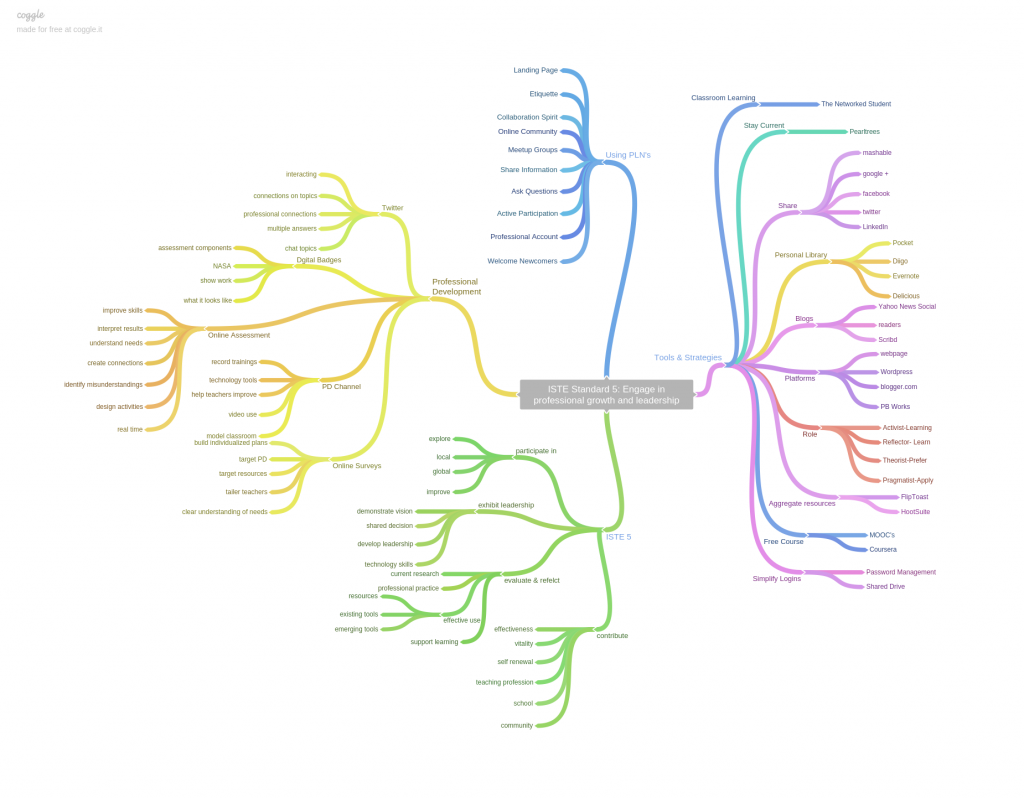
Modular Object-Oriented Dynamic Learning Environments (Moodles) as Personal Learning Networks (PLNs)
What I understand of Moodle’s and their technology infrastructure is minimal, I have interacted mainly as a user through my participation in the Microsoft IT Academy, now known as the Microsoft Imagine Academy. The support provided to the teachers has been through the EdTech Moodle, which consists of curriculum and forums. There are other links besides Imagine Academy, including other Ed Technology resources which I have not had the opportunity to explore. I have never worked within a Moodle’s or MOOC’s, am not familiar with how they are constructed and what potential they hold, nonetheless the ability to customize it for a PLN should be investigated.

What exactly is a Moodle? A MOOC?
“A MOODLE is an Modular Object-Oriented Dynamic Learning Environment, an open-source software that provides the ability to create, deploy and manage e-learning websites and applications.” “The environment is entirely free under General Public License(GPL) and is created through PHP.” (technopedia.com) “A massive open online course (MOOC) is an online course that has open access and interactive participation by means of the Web. MOOCs provide participants with course materials that are normally used in a conventional education setting – such as examples, lectures, videos, study materials and problem sets. Apart from this, MOOCs offer interactive user forums, which are extremely useful in building a community for students, TAs, and professors ” (technopedia.com)
A Moodle, like a traditional Learning Management System whereas it can contain multiple MOOCs. Communication resources are included such as messaging, forums, and blogs. A closed learning environments they depend on self-directed learning in which learning outcomes rely on the activities of the learners themselves.
 Teaching and Learning are sciences through which different strategies and philosophies are learned, especially as it relates to individual content knowledge. Teachers are diverse in their strengths and weaknesses and need different types of professional development at specific points of their careers. With changes in content, standards and philosophies, how to provide for growth, however in a timely manner which supports creating learning that follows a “Just in Time” model (Sambataro). Training when needed, not on a shotgun model, hoping that it will be beneficial in the future.
Teaching and Learning are sciences through which different strategies and philosophies are learned, especially as it relates to individual content knowledge. Teachers are diverse in their strengths and weaknesses and need different types of professional development at specific points of their careers. With changes in content, standards and philosophies, how to provide for growth, however in a timely manner which supports creating learning that follows a “Just in Time” model (Sambataro). Training when needed, not on a shotgun model, hoping that it will be beneficial in the future.
PLNs:
To be successful PLN’s should come from a collaborative community spirit, created with varied online opportunities to share information, ask questions, create connections and support emerging technologies. Using options like Twitter, teachers can have connections to professionals who are doing amazing things. Having them available for feedback is phenomenal.
Surveys:
Online surveys should be given to understand needs, allowing activities to be designed to create connections that improve skills in real time. They can target Professional Development resources on correcting underlying misunderstandings. These can be incorporated into teacher evaluations as artifacts of growth as an individual or with a team.
Professional Development Channel:
As Personal Learning Networks for our teachers becomes an integral part of professional development, one of the additional ways that organizations can offer training through Professional Development Channels (PDC). PDC’s allow for teachers learn technology tools (or other) through recorded trainings and videos which model classroom practice. They are predominantly private to allow for greater success in getting teachers to create and submit their own videos and trainings.
Using Digital Badges:
Digital badges have been around for a few years without much traction. Digital badges as a way to gamify professional development has not been a success at the professional level. What has been successful is to use them as professionals would certificates. When earning a Microsoft certificate, a corresponding badge is attached to that certification. LinkedIn uses instances of badges, they fulfill a purpose, promoting yourself and making connections. A quick way to recognize someone’s credentials. How this would work within a district or the state Professional Learning Channel or Network would need to be researched. What professional “badges” could be incorporated, whereas how could new badges be created with the same value.
Clifford, M. (2013). 20 tips for creating a professional learning network. Retrieved from http://gettingsmart.com/2013/01/20-tips-for-creating-a-professional-learning-network/
OSPI Educational Technology Moodle. (n.d.). Retrieved June 03, 2016, from http://edtech.ospi.k12.wa.us/
Raths, D. (2015) 5 Tech Tools That Help Personalize PD. T.H.E. Journal. (42)1. pp. 22-24. http://ezproxy.spu.edu/login?url=http://search.ebscohost.com/login.aspx?direct=true&AuthType=ip&db=eft&AN=100567184&site=ehost-live
Standards for Teachers. (n.d.). Retrieved June 01, 2016, from http://www.iste.org/standards/iste-standards/standards-for-teachers
Sambataro, M. (2000). Just-in-Time Learning. Retrieved June 02, 2016, from http://www.computerworld.com/article/2595282/it-management/just-in-time-learning.html
Take PD to the Next Level with Badges – Gamify Professional Learning. (2015). Retrieved June 02, 2016, from http://www.shakeuplearning.com/blog/take-pd-to-the-next-level-with-badges/
What is a MOOC. (n.d.). Retrieved June 02, 2016, from https://clavemat.wikispaces.com/What_is_a_MOOC
What is a Moodle? – Definition from Techopedia. (n.d.). Retrieved June 02, 2016, from https://www.techopedia.com/definition/5375/modular-object-oriented-dynamic-learning-environment-moodle
